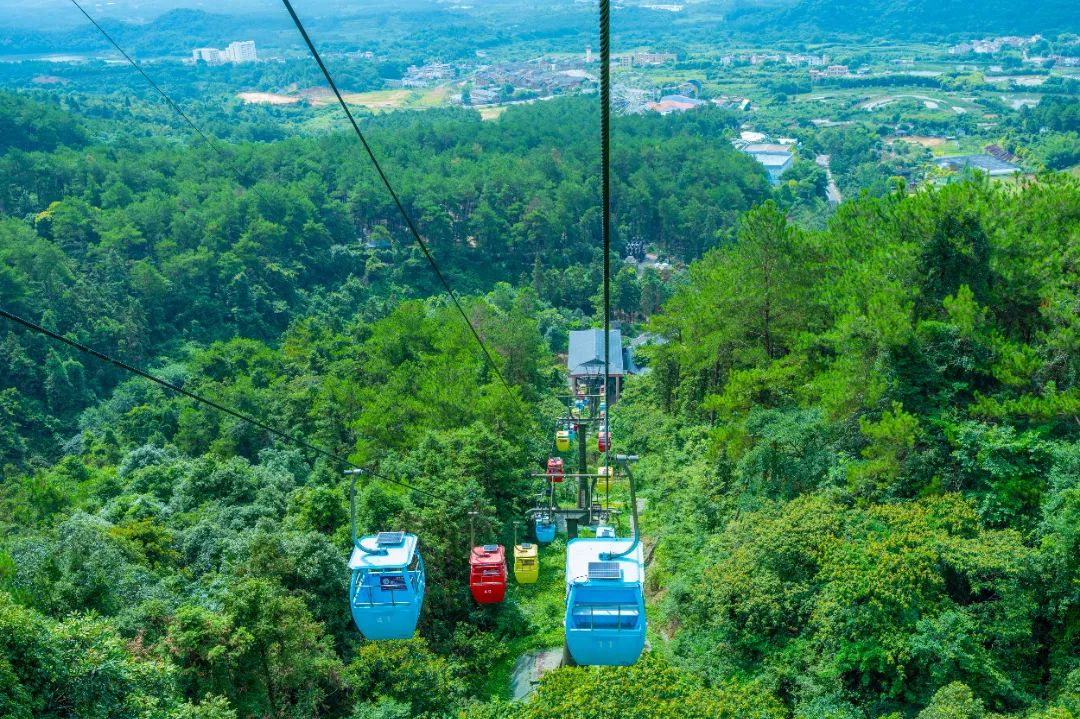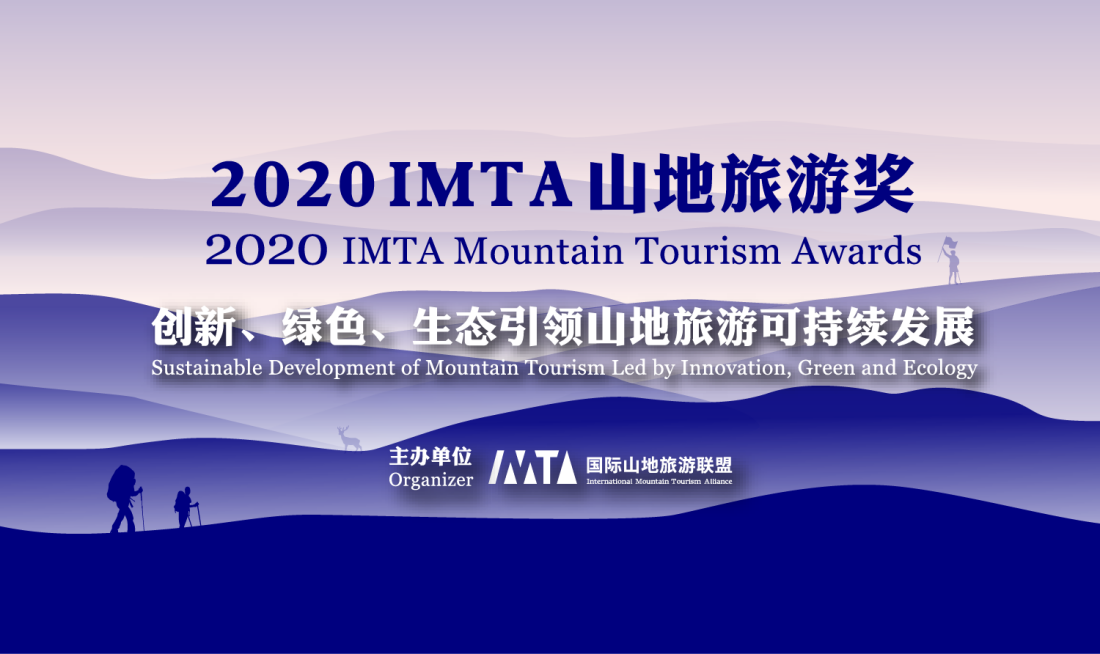China’s outbound tourism experienced a shift in 2024, with the proportion of long-haul travelers shrinking by nearly ten percentage points compared to 2023, largely due to geopolitical tensions and economic uncertainties.
However, consumer spending is expected to rise in 2025, driven by high-income groups seeking premium travel experiences, according to a recent market insight report released by TravelDaily.
According to the report “China Tourism Consumption Trend Insights: Reviewing 2024, Looking Ahead to 2025,” China’s travel market is undergoing significant changes, with consumption trends signaling a cautious outlook for 2025.
2024 Review: Shifting preferences in travel frequency and spending
The latest data reveals that 97% of respondents traveled in 2024, reflecting an increase compared to 2023. While provincial nearby trips and domestic inter-provincial travel remained popular, there was a noticeable decline in the proportion of long-haul international trips, which dropped by nearly ten percentage points year-on-year. This decline is attributed to global geopolitical tensions and economic uncertainties.
Despite these challenges, tourism spending displayed steady growth. Around 36.86% of respondents reported a spending increase of up to 30% compared to 2023, with higher-income groups showing a more pronounced willingness to allocate additional budget for travel. In contrast, individuals without fixed incomes exhibited more conservative spending behaviors.
Outlook for 2025: Cautious optimism amid economic uncertainty
As the Spring Festival approaches, over half of respondents have travel plans, primarily for domestic inter-provincial trips. Younger individuals, especially those aged 31-40, are more decisive about their travel arrangements, while middle-aged and elderly groups remain uncertain, often waiting for holiday schedules from employers.
Top destinations for 2025 Spring Festival travel include major first-tier and emerging first-tier cities in China. Japan leads as the most popular short-haul international destination, while the United States is favored for long-haul trips. Notably, 95.1% of respondents are considering travel in 2025, although overall frequency expectations suggest a more cautious outlook compared to 2024.
Travel spending in 2025 is expected to increase for 67.5% of respondents, with high-income groups driving the growth. Among ultra-high-income earners, nearly 20% plan to raise their travel budgets by 50-80%, underscoring persistent demand for premium experiences.

Challenges in outbound travel: Language and digital accessibility
Outbound travelers continue to face challenges, with language barriers, internet connectivity, and payment systems emerging as top concerns. For travelers aged 56 and above, reliable internet access is a priority, reflecting the rise of digitally-savvy seniors.
According to research firm QuestMobile, as of March 2024, the internet penetration rate among individuals aged 50+ reached 26.5%, representing 320 million users. This trend highlights the growing influence of “silver surfers” in shaping digital travel services.
New media marketing and consumer behavior
The influence of new media platforms on consumer decision-making is growing rapidly. According to the reports:
* 74.32% of respondents have followed a hotel’s account through new media platforms, but only one-third reported that these platforms met their expectations after purchase.
* Platforms like Xiaohongshu and search engines rank as the top sources for destination guides, with preferences varying significantly by age group.
* Traditional online travel agencies (OTAs) such as Ctrip maintain a dominant position, with 60.62% of respondents using OTAs for booking due to their transparency and one-stop payment convenience. However, service quality, including after-sales support and chatbot interactions, remains a critical concern.
Solo travel changing consumer priorities
Social trends such as rising singlehood and lower birth rates are fueling the growth of solo travel. Travelers increasingly prioritize self-pleasure-oriented spending, allocating higher budgets to local dining, accommodation, and unique experiences.
Decision-making is also shifting, with 56.8% of respondents preferring to plan their trips independently, signaling the need for travel products to cater to this desire for autonomy.
Traditional OTAs still hold absolute dominance
Among the respondents, 60.62% chose to make reservations through online booking platforms such as Ctrip and Tongcheng, indicating that traditional OTAs still maintain a dominant competitive edge.
34.16% of respondents cited price comparison as the main benefit, reflecting the transparency of information on the platforms. 21.89% considered instant payment a key advantage, as it allows users to complete the search-to-booking process in a one-stop transaction.
AI-related features, however, have not provided a significant advantage, possibly due to the current limitations and instability of AI technology in practical applications.
Consumers expect more intuitive experiences, noting that the lack of video content makes it harder to “experience” the product before booking.
The primary concern for consumers is poor service (worries about lack of after-sales support, poor interactions with chatbots, and unavailability of customer service).
Conclusion
China’s tourism market is evolving amid global uncertainties. While 2024 saw stable growth, 2025 is shaping up to be a year of cautious optimism, marked by shifts in consumer preferences and spending patterns.
With rising expectations for digital accessibility and personalized services, businesses in the tourism sector must adapt to meet the demands of an increasingly discerning and diverse traveler demographic.
Editor Ⅰ: Zhang Wenwen
Editor Ⅱ: Bao Gang
Editor Ⅲ: Liu Guosong














